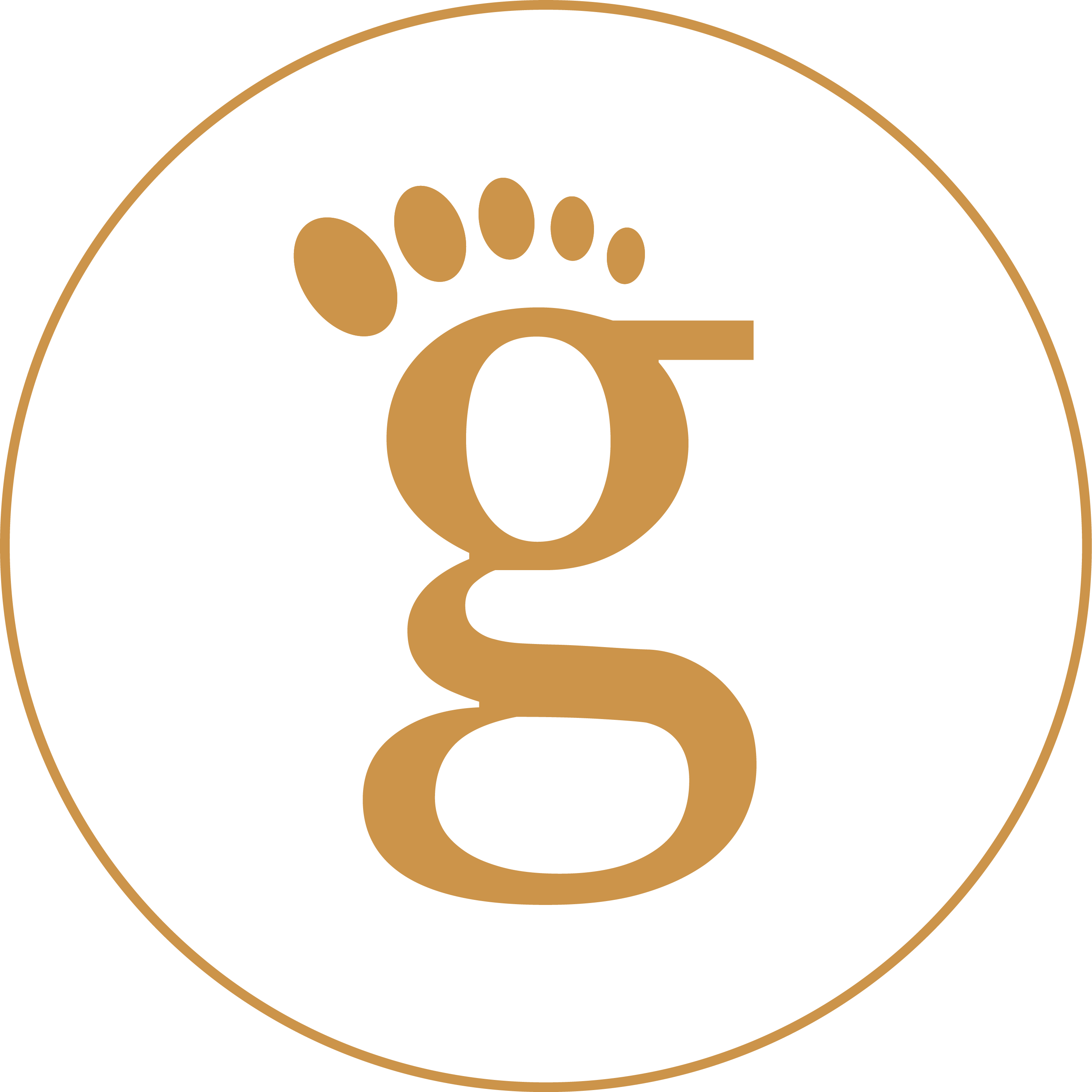Bunions also known as Hallux Abducto Valgus, are common in America. 1 in 3 individuals is suspected of having bunions. If you notice a bone lump on the outside of the big toe that is causing pain, a pain that can be chronic and acute, then you may have a bunion. Dr. Ushma Sheth, one of the well-established podiatrists in Marietta, is here to discuss the best bunion treatment plan. Bunions range in severity; we can help you diagnose the severity level and help you with treatment plans. Get Started.
What is a bunion?
A bony bump forms when the first metatarsal bone of the foot turns medial or outward and the big toe points inward or lateral called a bunion. This bunion gets bigger gradually and turns into a sizeable bony bump that cannot be accommodated in shoes and thus puts pressure on the misaligned joint. Eventually, the joint becomes inflamed, stiff, and painful.
Can bunions be corrected without surgery?
The truth is podiatrists cannot eliminate bunions without surgery. Still, podiatrists can resolve the pain and symptoms related to the bunion without surgical intervention. There are non-surgical and over-the-counter bunion treatments that can ease and decrease your bunion pain. Bunion treatments mentioned below can help you find relief. Addressing the pain and treating the symptoms is essential to avoid chronic pain in the first MPJ.
What are the symptoms of a bunion?
- Pain and stiffness in the big toe joint
- Swelling, redness, or soreness around the big toe joint
- Pain in narrow shoes
- Restricted movement of the big toe
- Difficulty in walking
- Corn and calluses around the big toe
Bunion treatments by your local Podiatrist in Marietta
Padding:
Bunion Padding helps cushion the area near the bunion that hurts; however, the incorrect positioning of the padding can lead to increased pain. Visiting a podiatrist near you is highly recommended to help you with the pain.
Pain relief gel:
Many topical gels, such as Biofreeze, are available in the market, which you can use to get short-term relief from pain and inflammation. A consultation with your foot doctor for advanced treatment and compound medication is recommended.
Soaking Therapy:
Soaking your feet in cold water constrict blood vessels and ultimately helps reduce pain and inflammation. You can also add Epsom salt and magnesium salt to stave off soreness, soothe your bunion, and get some temporary relief.
Ice:
Cold numbs the affected area and thus helps reduce the pain and tenderness. Therefore, ice is one of the best bunion at-home treatments that help you eliminate the pain. You can put crushed ice or a bag of frozen veggies on the affected area, however, do not leave the frozen bag on your skin for more than 20 minutes at a time, as it may cause an ice burn if you have other medical problems, like nerve damage and circulation.
Medication:
Over-the-counter medication is the fastest way to get relief from pain. Acetaminophen, naproxen, and ibuprofen are nonsteroidal anti-inflammatory drugs that help with pain and swelling. The use of oral Medication long-term is not recommended, and therefore consulting a podiatrist is advised.
Steroid injections are a standard treatment for bunions, which comprises a local anesthetic and corticosteroid medication that help relieve your pain temporarily by reducing inflammation. Podiatrists do not recommend this treatment regularly because frequent injections may damage the joint and worsen the condition.
Physical therapy:
Physical therapy, massage, and ultrasound therapy are some of the best and most effective ways to treat bunions. These therapies break up soft tissue adhesions and thus help reduce pain and inflammation. Further, it also improves muscle strength around the bunions and the alignment. Dr. Ushma Sheth, a podiatrist in Marietta, GA, can diagnose the severity of the bunion and decide if Physical therapy is right for you.
Laser Treatment:
At Gauld Foot and Ankle, we have laser treatments to help decrease inflammation, non-invasive and pain-free. Make an appointment with our podiatrist to see If this treatment is proper for you.
Shoes and Orthotics for Bunions:
Depending on the severity of the bunion, your local podiatrist in Marietta, GA, can help recommend sneakers, house slippers, flats, and heels to wear to relieve the pain caused by the bunion. Avoid being barefoot. If you’re in Marietta Georgia, our podiatrist can help you with the correct orthotics to help decrease your pain.
Surgery:
Surgery is the last approach that is recommended when non-surgical bunion treatments fail. This is when walking becomes extremely painful and unbearable, decreasing the quality of life. The doctor removes the bunion and realigns the bone to bring the big toe back into the proper alignment. Dr. Ushma Sheth is a well-experienced podiatrist in Marietta with considerable bunion surgery experience. She has helped many individuals eliminate their bunions and regain their quality of life.

